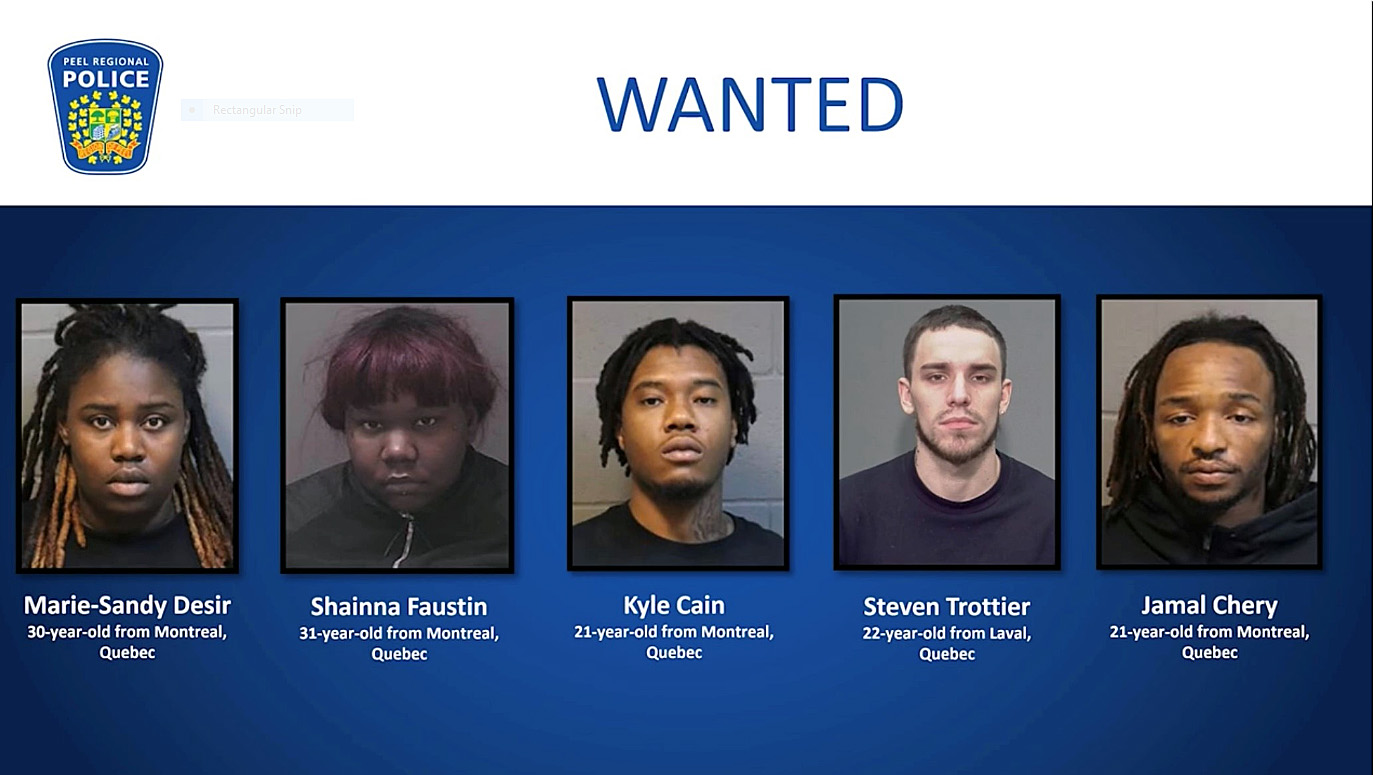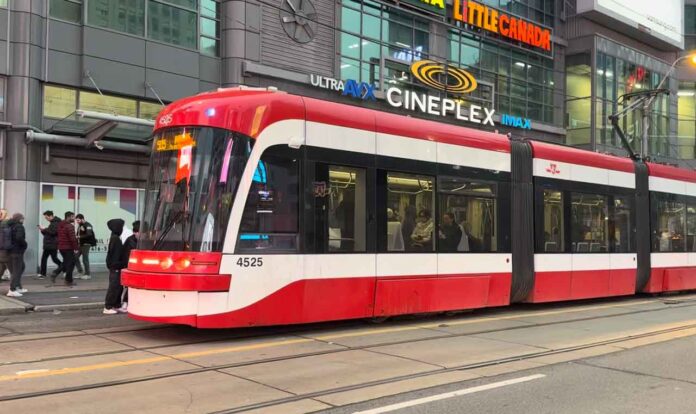Travel
A new Parkdale bike lane was meant to make roads safer. Some say it’s done the opposite | CBC News

A group of Parkdale residents say one of the city’s latest bike path projects is causing chaos in their neighbourhood, and what should be making cyclists safer has, in practice, made roads more dangerous.
Implementation of the West Parkdale Cycling Connection began earlier this month. The new bike path starts at The Queensway, travels through a series of small residential streets, and ends at Brock Avenue.
Some residents say street changes, including new one-ways, have caused congestion, chaos, anger and confusion, adding that they’ve seen drivers going the wrong way on roads and speeding.
Jordan Marshall, a cyclist, is one of them.
“People are getting out of their cars, like punching windshields,” he told CBC Toronto. “I’ve seen crazy stuff happening… just a lot of frustration.”
Marshall lives near the corner of Pearson Avenue and Sunnyside Avenue, one of the sites of several traffic direction changes related to the project, where a two-way street became a one-way. He says he’s seen a spike in road rage incidents since the implementation began.
As Toronto grapples with widespread traffic gridlock, the city has made creating more and better bike lanes one of its goals, in an effort to encourage commuter cycling and increase safety. But where and how bike lanes are implemented is an ongoing debate happening across neighbourhoods.
City says it consulted residents, studied area
Cycling advocates and the city say the new route was created to strengthen the cycling network and make biking safer.
“This infrastructure is designed to help support people in this ward get from A to B and help unlock more local trips,” said Michael Longfield, executive director of the non-profit advocacy group Cycle Toronto.
“It’s also important to keep in mind that a lot of this is about safety. 2024 is proving to be Toronto’s deadliest year for people on bikes. We’ve had five people killed already.”
But many local cyclists who spoke to CBC Toronto said though the route could help others pass through the neighbourhood it hasn’t benefited them. Since the road changes, driver behaviour has become erratic, from speeding to ignoring new rules, many say.
The problem now, they say, is that there are more bottlenecks and bad driving, adding that the paint on the road doesn’t do much to make them safer.
“All I do see is just the chaos of the cars,” Marshall said.
“I never felt unsafe as a cyclist biking beside the cars.”
Several residents said their main concern about the project was that city ignored feedback about how changing the flow of traffic would impact neighbouring streets and how losing parking spots for the project would inconvenience families and seniors.
“A lot of people had great suggestions and none of them were implemented,” said resident Jamie Khan. “They just went forward with the full plan they had proposed, so I think that was the problem.”
In a statement, city spokesperson Lilian Kim said the city approved the project “after careful consideration of public feedback, technical analysis and City policies and guidelines.”

She added that public consultation took place over several months from October 2023 to March 2024.
“Consultation activities included 13 meetings with 15 interest groups, an in-person public drop-in event, a feedback survey and comment tracking,” the statement read. “Over 200 people attended the public event and nearly 1,400 survey responses were received, as well as comments by mail, phone and email from nearly 100 people, and two petitions.”
The city said it consulted neighbourhood stakeholders and changes may happen after the project is complete. It also said city staff will monitor the area and potentially add new safety features, such as speed humps and more turn restrictions.
In its public consultation report, the city noted that results from a survey with over 1,000 respondents showed neighbours were divided.
Forty per cent of participants did not agree with the West Parkdale project while 57 per cent approved.
But some residents, including Marshall, say they heard nothing at all about the project until it was already in place.
Concerns over dangerous driving
Some residents suspect that because non-local traffic has to make longer detours to travel through the area and onto major roads, drivers are speeding more to make up for lost time.
And several parents worry that could pose a risk to kids travelling to school in September, including Véronique Claassen, whose 12-year-old son attends the nearby Fern Avenue Public School.

Claassen said she has witnessed drivers speeding against traffic in her neighbourhood and barrelling down roads that lead into a school zone. Cars travelling south toward Queen Street on Macdonell Ave. now have to turn at Fern Avenue, which leads into a school zone, she notes.
“I’m really concerned that the amount of traffic that we’re going to be funnelling through that intersection is going to be too much for our one crossing guard to handle,” Claassen said.
Her neighbour Carol Devine also raised concerns around dangerous driving, either by drivers who don’t like the new road changes or are unaware of them.
“We saw it before and now we’re seeing it exacerbated.”
The city says the project is expected to be fully implemented by early September.









